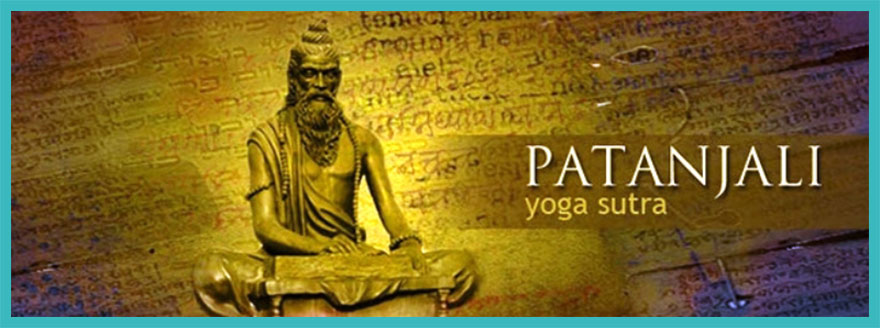
Here Patanjali gives another method to calm the mind. By contemplating on pure inner light our depressed mind is illumined. We are what we think. By thinking about brilliant, positive, and suspicious things, the mind also becomes the same. The inner light is all pervasive and it illumines the whole universe. That pure light is also called Vasudeva.
The Yogacharya Bhagavan Shri Krishna in Bhagavad Geeta says this:
jyotisham api taj jyotis tamasah param uchyate
jnanam jneyam jnana-gamyam hridi sarvasya vishthitam || 13.18 ||
He is the source of light in all luminaries and is entirely beyond the darkness of ignorance. He is knowledge, the object of knowledge, and the goal of knowledge. He dwells within the hearts of all living beings.




